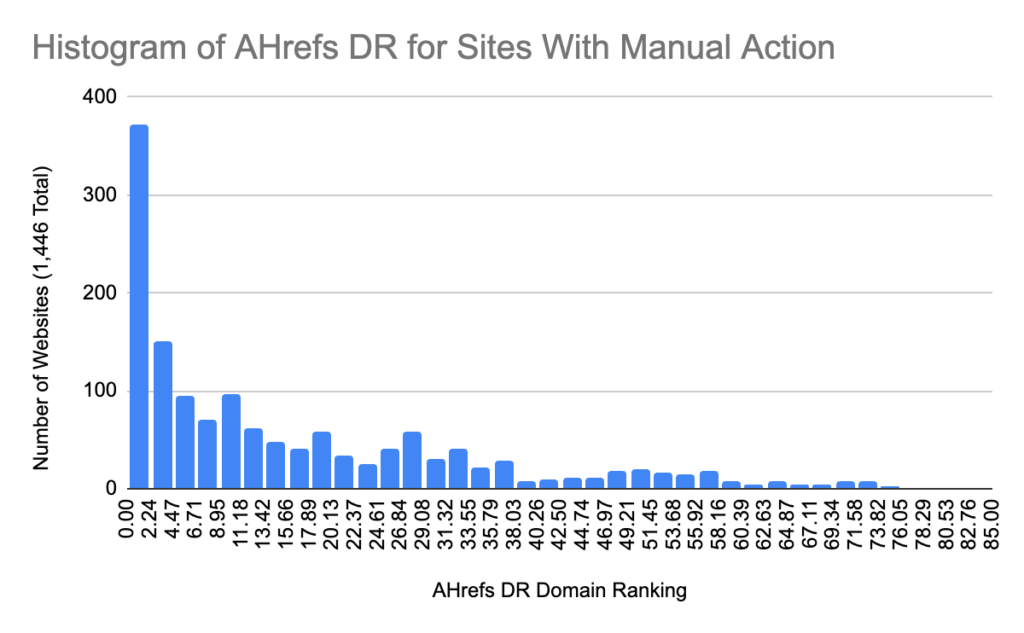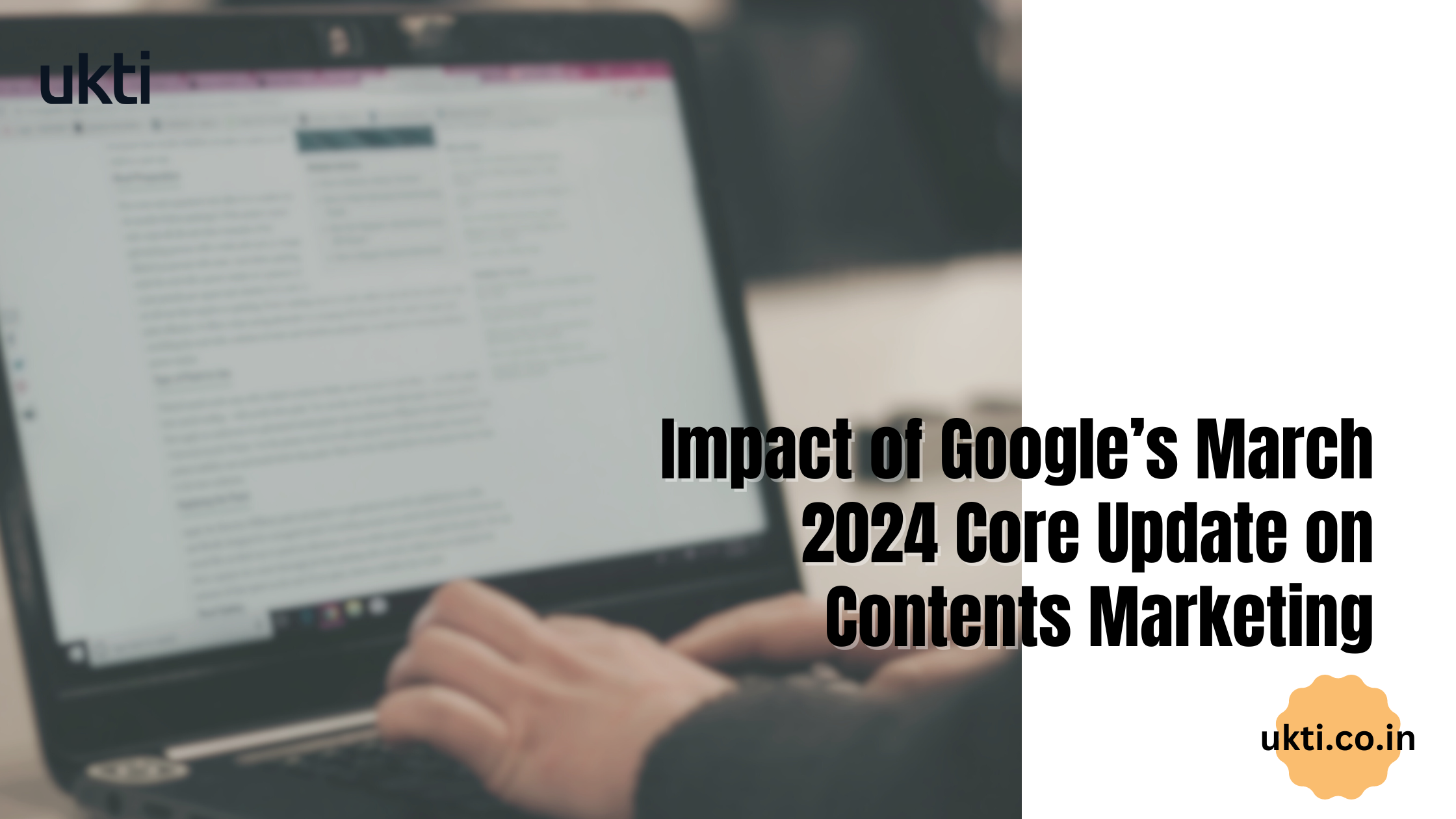Every new update to Google’s search ranking algorithm creates a buzz. And why not? The search engine sits on the 95% share of the entire search market. Its new March 2024 core and spam update is nothing short of a landmark step towards cleaner and value-driven SERPs.
Google’s latest core update prioritizes quality over quantity by promoting original and helpful content. But what makes the March 2024 update interesting is the simultaneous deindexation of websites with low-quality, spammy, and AI-generated content.
Join us as we explore the impact of Google’s March 2024 core update on blogging and content marketing. We’ll also understand how you can navigate this new SEO landscape.
Overview of Google’s March 2024 Core Update
The March 2024 core update to Google’s search algorithm removes low-quality content from SERPs in favor of helpful content. “Low quality” here signifies spam, content published only to get clicks or content that manipulates the algorithm to rank higher.
In the post published on Search Central, Google announced that it now has a new spam policy which uses multiple signals to judge the helpfulness of content. Here’s an excerpt from the announcement:
“Just as we use multiple systems to identify reliable information, we have enhanced our core ranking systems to show more helpful results using a variety of innovative signals and approaches. There’s no longer one signal or system used to do this,…..”
So, what are these supposed “innovative signals and approaches,” you may ask? Well, there are three key signals in Google’s new spam policy. We’ve explained each one of them below.
1. Expired Domain Abuse
This is a common practice used to manipulate search rankings, which involves repurposing an expired domain. People purchase an expired domain that has decent authority, high organic traffic, and quality backlinks. Then, they take advantage of this reputation by posting low-quality content.
While the content remains substandard, the domain’s past reputation keeps it afloat, generating not only traffic but revenue. With the latest update, Google plans to stop this practice.
2. Scaled Content Abuse
Another way people manipulate search ranking is by going on an absolute content blitzkrieg, most of it unoriginal and without any substantial value. Google’s plan to curb this practice isn’t surprising as the practice picked up pace with the advent of AI chatbots like ChatGPT and BARD.
The search giant also claimed that it’s in no way or form against automation. However, it reiterated its strong stance of taking action against spam, whether created manually, through automated processes, or a mix of both.
3. Site Reputation Abuse
Lastly, Google is also determined to prevent site reputation abuse, wherein website owners publish third-party content unrelated to their site’s purpose, such as sponsored posts, advertisements, etc.
Such content is irrelevant to the site’s actual audience and makes it difficult for them to find the information they really need. However, it’s still served them and benefits from the host site’s traffic.
Impact of Google’s March 2024 Core Update
In its announcement, Google also informed that the new spam policy will take effect starting May 5, 2024. So, what’s with all the articles about websites being deindexed? That’s because Google also initiated simultaneous manual action against sites that violate its policies.
Manual action is basically human reviewers conducting checks on websites and removing them completely from SERPs. While these actions aren’t part of the algorithm update, they make the direction Google is taking with its new spam policy perfectly clear.

Originality.ai conducted a study which checked almost 79,000 sites in March 2024. The study found that manual action was taken on 1,446 sites. It also revealed that 100% of these sites had some form of AI-generated content. Moreover, AI content comprised around 90 to 100% of all content on at least half of these sites.
The study also reported that manual action led to a total loss of over 20 million visitors/month. Three websites with over 1 million organic visitors were hit the worst as their traffic crumbled to zero. Also, most of the websites that faced deindexation had poor domain authority.

Starting May 5, 2024, you should see more sites lose traffic or get deindexed if they use low-quality content, be it manually created or created using AI. In addition, sites that try to benefit from the reputation of expired domains and other sites should also meet the same fate.
Planning to use ChatGPT for content? Read: Is ChatGPT really worth it for content marketers?
How to Adapt to Google’s New Spam Policy?
If you’ve been ardently following Google’s EEAT guidelines, you shouldn’t worry about any manual action or penalty when the new spam policy takes effect. If your site was affected by manual action, you would’ve already received a notification in your Google Search Console.
However, if you want to minimise the risk of penalties that may occur once the new algorithm update rolls out, here are some things you must consider:
1. Don’t Panic and Wait it Out
If you’re seeing low traffic due to the new update, you shouldn’t worry about it much. The update rollout is slow and can take a few weeks to show results. Wait for the update to take effect completely, and see if you regain the lost traffic.

2. Deindexation Isn’t Permanent
While Google hasn’t clarified whether the manual action is permanent or not, there are signs that suggest that it isn’t. First of all, you can request Google to review its decision to deindex your site. Second, sites that were deindexed due to non-compliance are automatically getting reindexed.
Ian Nuttall, who runs a programmatic SEO business, revealed in a tweet that 21 sites that faced manual action have been reindexed.

3. Review Your Existing Content
If you’ve used AI-generated content on your site, it’s time to audit it. Make sure your AI content is relevant to your audiences and offers them value. Instead of being full of fluff, make sure it provides valuable insights and showcases your expertise. These same standards of quality apply to your human-generated content as well.
Here’s your guide to auditing your content like a pro: How to Conduct a Content Audit for Your SaaS Business
4. Check Backlinks from Affected Sites
In case you’ve also implemented an aggressive backlink strategy to benefit from other more authoritative sites, you must review these links and check the current status of domains linking to your site.
To check whether a site has been deindexed, go to Google.com and type site:website.com. If web pages from the site appear, you’re safe. However, if you see nothing, it’s time to remove these backlinks to avoid penalties in future.

5. Improve User Experience
Good user experience has always been essential to rank highly on SERP, and it still holds true. So, make sure you go through all the basics, like optimizing mobile sites, improving web page loading speed, or making your site responsive.
However, given Google’s new focus on prioritizing helpful content, you must also focus on facilitating information discovery. Visitors should be able to easily navigate your web pages and find the answers they need.
So, improve the structure of your content, add intuitive navigation, and remove unnecessary ads from your web pages. All these changes will reduce the scrolls and clicks users must perform to find content, improving their experience in the process.
Keep Creating!
If you think about it, the March 2024 core update to the Google algorithm only reinstates existing SERP guidelines. It adapts them to the present day’s needs, where AI-generated content has been normalized. It’s an essential step towards creating a cleaner SERP that shows results relevant to users and promotes high-quality content. So, always strive for perfection in your content, and ranking will follow.
Check out: How to Write SEO Optimized Content

